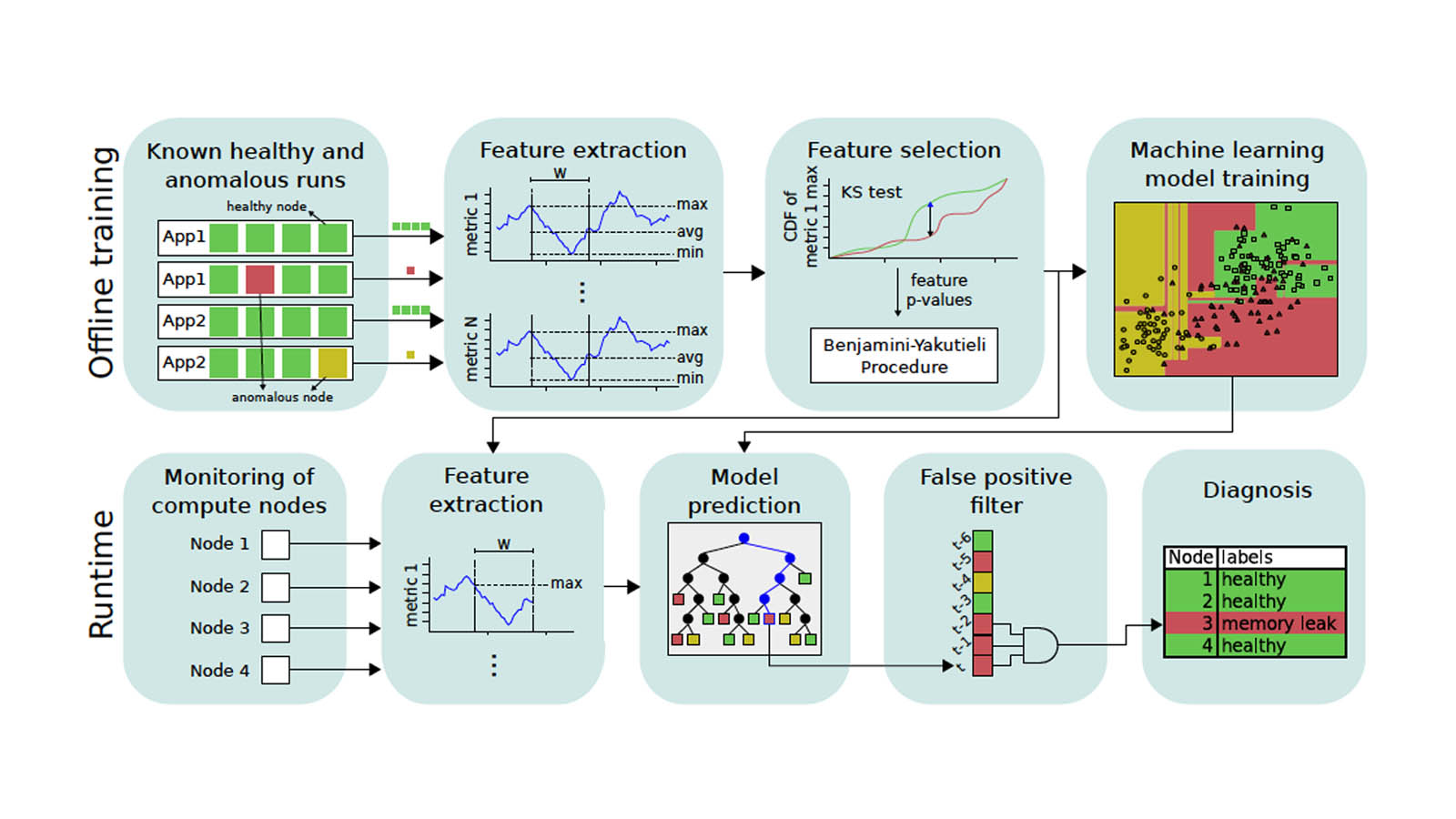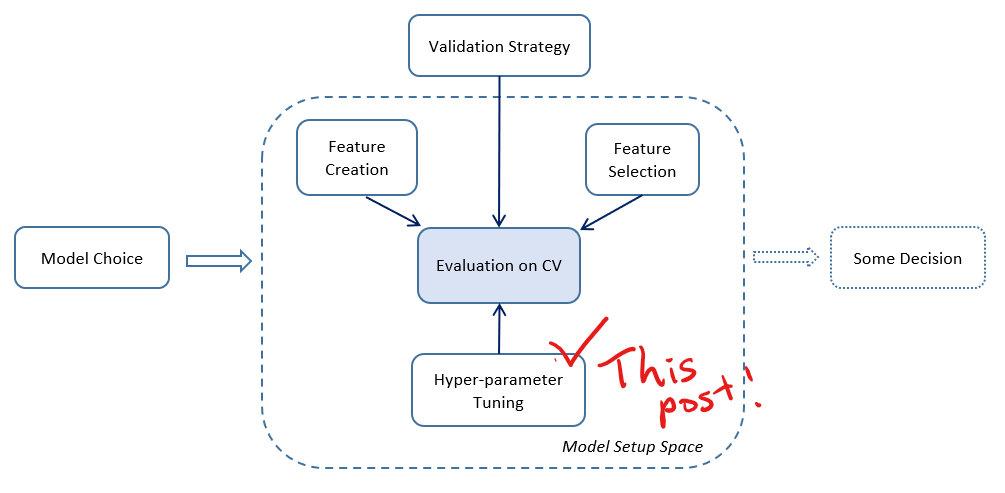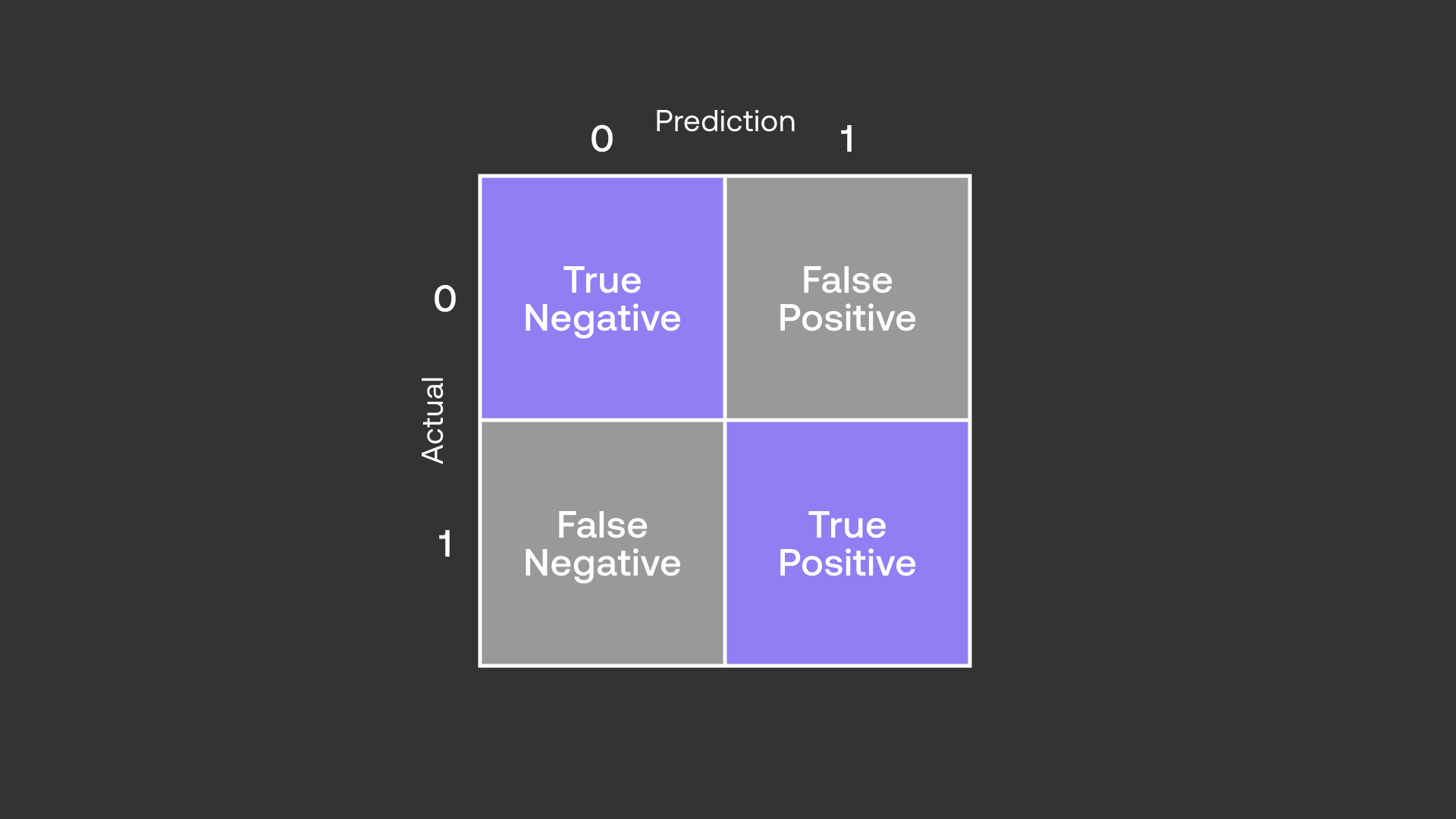Top Performance Metrics in Machine Learning: A Comprehensive Guide
Performance metrics are key to evaluating, comparing, and optimizing machine learning models. Metrics like accuracy, precision, recall, and F1 score provide vital insights, helping guide model improvements, ensure effectiveness, and align ML solutions with business goals.

Measuring performance is crucial in the large field of machine learning, where algorithms and models digest data to reveal hidden insights. Every data-driven project needs a compass to guide it through the sea of possibilities that is constantly growing. Performance measurements serve as beacons, pointing us in the direction of good outcomes and assisting us with model optimization.
Whether you're an experienced data scientist looking to optimize your models or a passionate newcomer looking to comprehend the essential metrics of success, this blog is your ultimate compass to guide you toward excellence in the field of machine learning,
We will go out on a tour through the metrics landscape, investigating a wide range of evaluation tools that highlight the advantages and disadvantages of our models.
We'll go deeply into each measure, revealing its significance and throwing light on how it affects decision-making in practical applications, from recall and F1 score to accuracy and precision.
Significance of Performance Metrics in Machine Learning

Machine learning performance measures are essential determinants of a model's efficacy and capacity to complete a given task. Data scientists and researchers may assess, contrast, and enhance the performance of their machine learning algorithms thanks to the quantitative indicators they provide.
The following are some important reasons supporting the importance of performance measurements in machine learning:
Evaluation of Model Performance
A machine learning model's performance can be judged using performance measures. Metrics provide an objective evaluation of the model's capacity for precise classification or prediction by quantifying factors including accuracy, precision, recall, and F1 score. To make sure the model complies with the specified standards and requirements, this review is crucial.
Model Comparison and Selection
Performance measurements allow researchers to choose the best model for a specific job from the large field of machine learning methods. Data scientists can choose the best strategy for their particular issue by evaluating the performance of several models using measures like accuracy, ROC-AUC, or mean squared error. Metrics make it easier to make well-informed decisions and help prevent mistakes like choosing bad or ineffective models.
Optimization and Hyperparameter Tuning

Performance measurements are essential for machine learning model optimization and hyperparameter tuning. They act as tuning hyperparameter optimization targets, enabling researchers to fine-tune the model's design for optimum performance. The effectiveness and efficiency of the model can be improved by practitioners by iteratively changing the parameters and assessing the corresponding metric scores.
Monitoring and Early Issue Detection
Performance measurements give the model continuous feedback on how it behaves, enabling practitioners to keep an eye on its performance in real time. Data scientists can spot problems like overfitting, underfitting, or idea drift by regularly evaluating measurements. Early identification of these issues enables fast corrective action to be done, resulting in models that are more resilient and reliable.
Business Impact and Decision-Making
The operational or business value of machine learning models is directly impacted by performance measures. For instance, a high-accuracy metric is essential in fraud detection to decrease false positives and monetary losses.
Sensitivity or recall becomes crucial in healthcare to ensure early disease identification. Metrics enable stakeholders to make data-driven decisions based on the performance of the model, enabling alignment of machine learning solutions with specific business goals.
Communication and Transparency
Performance metrics give people a vocabulary to talk about and report model performance in.
They make it easier for data scientists, stakeholders, and end users to communicate effectively, enabling frank discussions about a model's advantages and disadvantages. Metrics aid in team collaboration by fostering trust and openness in the machine learning process.
To sum up, performance metrics are crucial tools in machine learning because they offer impartial measurements for assessing, contrasting, enhancing, and tracking model performance.
Data scientists may make wise decisions, boost model effectiveness, and realize the full potential of machine learning in a variety of fields and applications by utilizing these measures.
Also read: How AI-powered Data Labeling Tools Help Faster Development?
What are the Top Performance Metrics in Machine Learning?

For measuring the efficiency and dependability of machine learning models, performance metrics are crucial. They give programmers the ability to improve and hone their algorithms. There are many metrics for both classification and regression problems, however, the following are some of the most important ones:
Classification Metrics:

Accuracy
The proportion of forecasts that were accurate to all the input samples. It only functions properly if there are an equal number of samples from each class.
Confusion Matrix
A chart that lists how many predictions the model got right and wrong.
Precision
The proportion of true positives to the total of both true and false positives.
Recall or Sensitivity
The proportion of true positives to the total of true positives and false negatives is known as recall or sensitivity.
Specificity
The proportion of genuine negatives to the total of true negatives and false positives.
Regression Metrics
Mean Absolute Error (MAE)
Mean Absolute Error (MAE) in regression metrics is the average of the absolute discrepancies between the predicted and actual values.
Mean Squared Error (MSE)
The average of the squared discrepancies between projected and actual values is called the mean squared error (MSE).
Root Mean Squared Error (RMSE)
The average squared difference between the expected and actual values is known as the "Root Mean Squared Error" (RMSE).
R-squared (R2)
The percentage of the dependent variable's variance that can be predicted based on the independent variable(s).
It's important to use the appropriate metric when assessing machine learning performance because it will have a direct impact on how the performance is calculated and compared. Building efficient machine learning models and ensuring the success of your MLOps pipeline need choosing the right performance metric.
News: LabelGPT is Here! The Ultimate Solution for Zero-shot Labeling
Conclusion
In conclusion, Performance indicators act as guiding stars in the wide machine learning environment, illuminating the way to model success. We maximize the effectiveness of our algorithms by comparing, evaluating, and optimizing them in light of these criteria.
We can negotiate the complexities of machine learning, make wise judgments, and completely change how we derive knowledge from the immense sea of data if we have a thorough understanding of the most important performance measures. In order to achieve excellence in machine learning, embrace the power of metrics, release the potential of your models, and set off on your adventure.
To read more such amazing information, read here!

Simplify Your Data Annotation Workflow With Proven Strategies
Download the Free Guide

